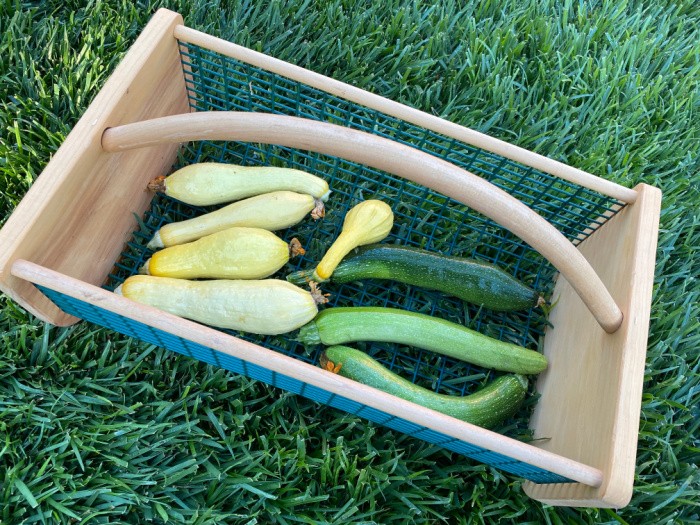
Can you use some gardening help and learn how to grow squash? Summer reminds me of fresh air, planting seeds, pulling weeds, and harvesting vegetables for several months. There is something incredible about growing our food, and squash is one of my favorite vegetables. Mark is not fond of it, but I love it!
Summer squash is easy to grow, even when you start with seeds. Yes, you can buy plants, but I’ll tell you this: my seeds grow so fast that I quit buying plants years ago and decided to sow seeds on my own. I still buy a few tomato plants, but fewer than I used to purchase. This is where I buy my seeds: SeedsNow
Summer vs. Winter Squash
Today, I’m talking about summer squash. The main difference between summer and winter squash is that you pick summer squash when it is tender, while with winter squash, you let the rind harden on the vine. We all laugh when we see those zucchini grow into torpedoes, right?
It’s so funny if you check the garden today and they’re small, and then tomorrow those tiny squash are 8 inches long and ready to pick. The most popular summer squash varieties are zucchini, yellow straight neck, and yellow crookneck. Before the summer was over, I wanted to update this post so you can try to grow your own squash in pots or on the ground from seedlings or actual squash seeds.
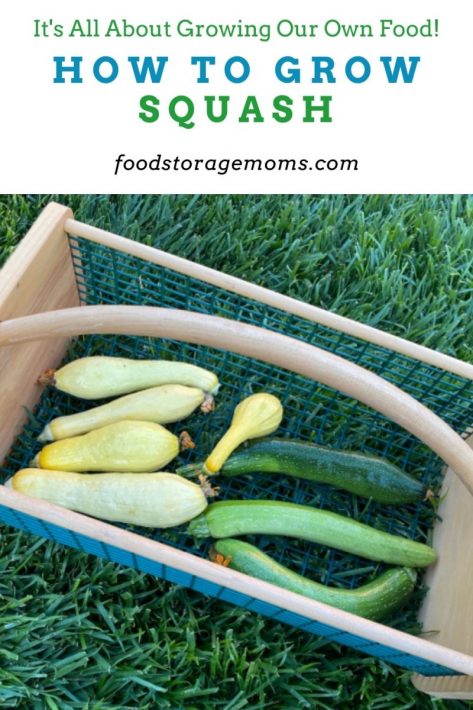
Soil Amendments
Before we get started planting seeds, let’s be sure your soil is ready. Here are my soil-prep tips. I do this every Spring and Fall.
The first thing we need to do is pull and remove any weeds that have grown since the last time you turned over the soil. We also need to dig out any leftover crops that you may have missed the last time you harvested. Finally, turn the soil several times and add the following amendments if necessary.
Soil pH Levels
What Does the Term pH Level Mean?
Are you wondering what the term pH level is when gardening? Each plant prefers a different level of acidity to grow the very best harvest. The level of acidity desired varies between each plant variety. Therefore, you can adjust the pH of your soil by adding lime or sulfur to bring it up or down, depending on what your unique soil needs. You can have your soil tested, possibly by your state extension service, at a local nursery that provides that service, or try to do it yourself with a soil tester. pH Tester
How To Hand Pollinate
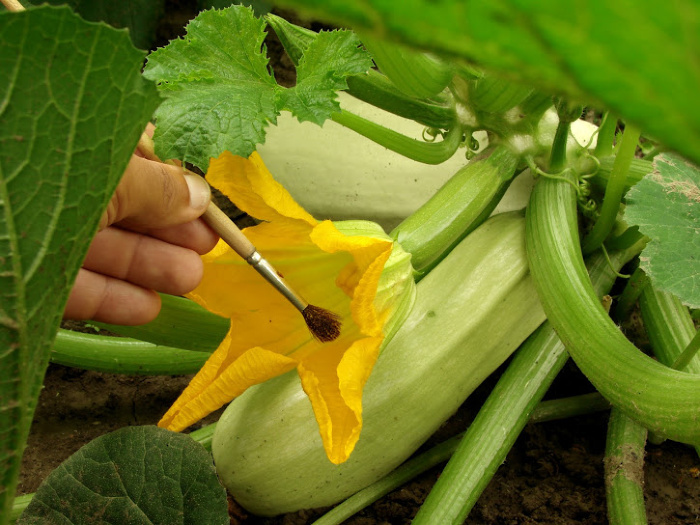
If you want to pollinate your own squash, all you need is a paintbrush. If you need to hand-pollinate because you are not seeing any fruit develop, here is something you may want to try. You do this by removing the male flower blossoms (male blossoms don’t have fruit behind them).
They produce pollen, leaving the center covered in pollen to collect with the brush. Use a “brush” to apply the pollen you collected to the center of the female flower. This works for squash, melons, and cucumbers every time.
I’ve also found that having good flowering companion plants nearby helps with pollination. If you can attract bees to the flowers, your pollination problems may be solved.
Zucchini Squash
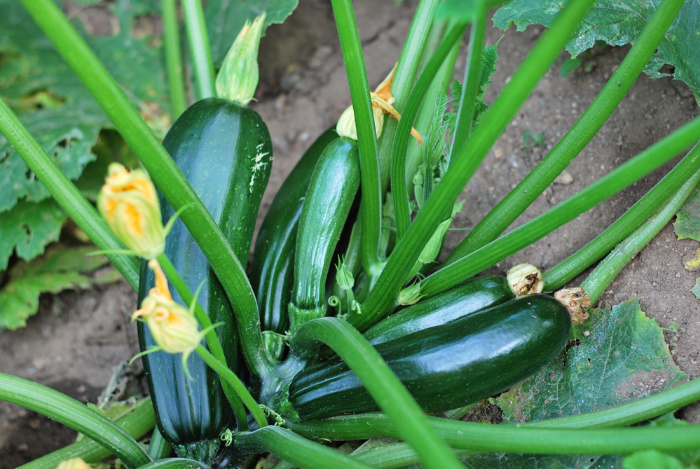
Yellow Straight Neck Squash
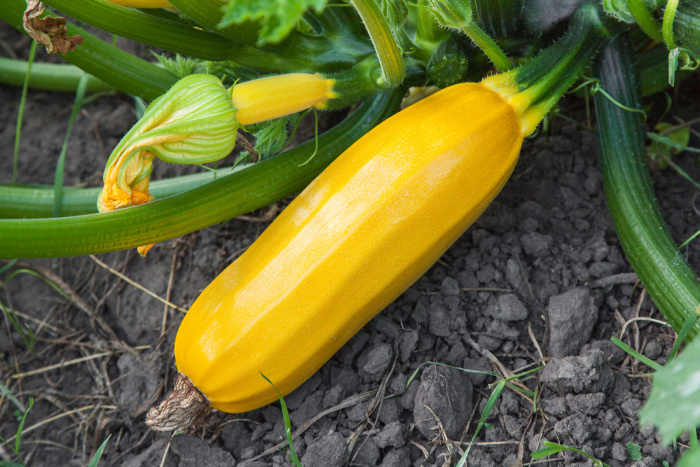
Crookneck Squash
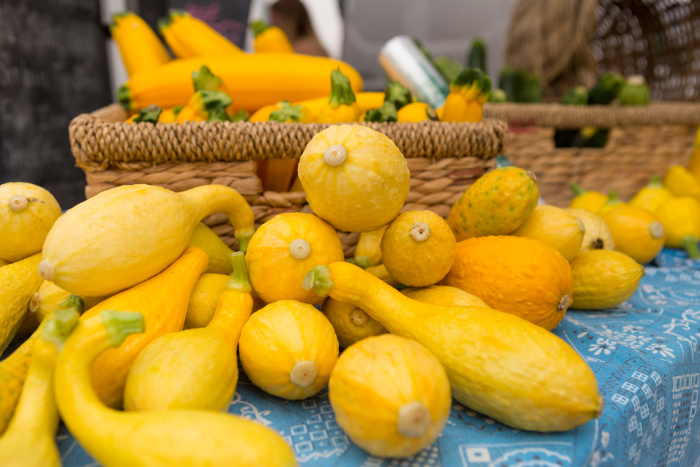
Plant Squash Seeds
Summer Squash Varieties: zucchini, crookneck, and straight-neck (harvested in the summer before they reach maturity).
Winter Squash Varieties: pumpkins, butternut, acorn, and spaghetti squash (harvested in the autumn months after they reach maturity).
When you plant the seeds, test the soil to make sure it is at least 60 degrees F. before sowing them. You will definitely want to dodge the last frost date for successful growth. They need full sun exposure, loamy soil rich in nutrients, and proper drainage. Plant the seeds in hills (2-3 each) one inch deep. Space them 2-3 feet apart.
Thin as needed to produce the most vigorous plant. Use a cloche to keep the plants warm in case of cool weather. Mulch the plants to keep them moist and weed-free. When the first blooms appear, fertilize the plants. Nitrogen is an excellent addition for squash plant growth.
Water deeply, at least one inch per week. The soil needs to be moist four inches down. If your blossom ends turn black and rot, you have blossom rot. It’s usually caused by uneven moisture in the soil, but it could also be a calcium problem.
Water must be consistent and frequent for the fruit to produce. If the fruits are misshapen, they may not have received enough water or fertilizer. Check for fruit you can pick daily; they grow faster than you think.
pH level for Squash: 5.5-6.8
Squash Problems
Squash Bugs
You may have seen these small, flat, brownish-gray bugs underneath the leaves and near the crown of the plant. These insects lay copper-brown-colored eggs. These pests are about 1/2 inch in size. Keep an eye out for a full-blown infestation.
We have to keep on top of this pesky bug. The eggs hatch every ten days; you can scrape the eggs off with a butter knife. Dispose of them in a bag tied tightly in the garbage. You can use row covers to try to keep from getting them. You roll out the cloth and place rocks or bricks to keep the cloth in place.
Also, look for squash vine borer pests on the stems of your squash vines. Cucumber beetles can also be a problem in some locations.
Powdery Mildew
It makes the leaves look like they are dusted lightly with flour. Blotchy white patches spread out on the leaves. It mainly shows up on the upper leaves but may also show up underneath them. I have used white vinegar mixed with water to spray the fungus. I use 2-3 teaspoons of vinegar (5% acidic) to one gallon of water in a spray bottle. Spray often.
Sometimes mildew on plants is caused by poor air circulation. Make sure your plants have room to grow and not get smothered.
Poor Soil
Summer squash needs good soil. If you use good organic compost and mulch, you should be fine. Some gardeners like to add clean manure. I use 2 cups of 16-16-8 fertilizer per 50 square feet of garden.
Blossom End Rot/Vine Borer
Inconsistent watering may cause blossom end rot. A calcium deficiency may occur if they don’t get enough water. If the plants suddenly die, the vine borer mentioned above may attack your squash vines. Keep an eye on the main center section of the plants. The vine borer eats through the stock, and you will see sawdust-like crumbs. They fly during the day and are black and red with dark wings.
Lack Of Water
Here, you walk a fine line: Don’t water too much, but water enough so the plants thrive. They need about an inch of water each week. Dig down about 3-4 inches and check the soil; if it’s dry, it’s time to water the plants.
If you haven’t tried drip irrigation in your garden, you need to. We used it successfully when we lived in the St. George, UT, area. We also found it saved on our overall water usage.
Not Enough Sunshine
Squash needs at least six to eight hours of full sun each day. If the plants are lanky and stringy, they lack the sun they need. If the leaves are very pale green, that is another indication of needing more sunshine each day.
How To Grow Squash
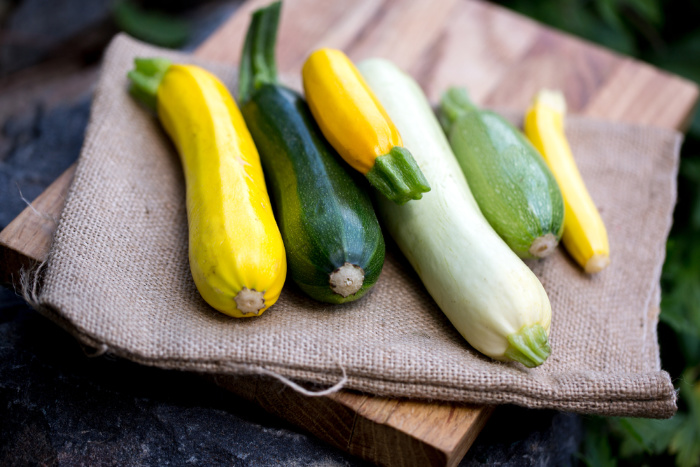
Final Word
I hope today I get you excited about growing a garden. Years ago, I had trouble growing squash, as in zucchini. I thought to myself, no one on earth has trouble growing zucchini. Well, I did. But not anymore once I learned why my plants were not producing. They needed my help by pollinating them by hand. Yes, it’s easy and you can do it too! All you need is a good paintbrush. It’s all about being self-reliant. May God bless this world, Linda
Copyright Images: Pollinate Squash Depositphotos_6561815_XL By DLeonis, Zucchini Growing in a Garden Depositphotos_22890174_XL By tchara, Yellow Squash Depositphotos_50023673_XL By Photozirka, Yellow Zucchini Growing Depositphotos_50023673_XL BY Photozirka, Freshly cut yellow squash and zucchini Depositphotos_194394698_XL By mallivan,
The post How To Grow Squash appeared first on Food Storage Moms.
from Food Storage Moms
No comments:
Post a Comment